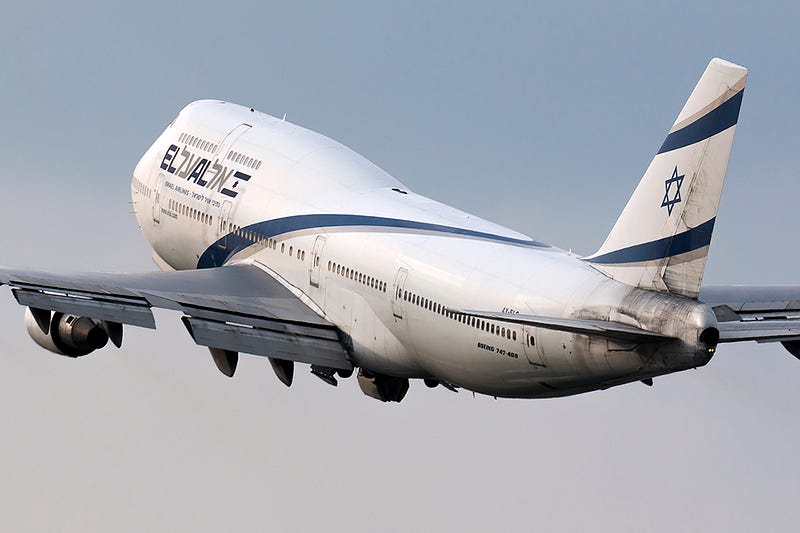The Airline with Advanced Missile Defense Systems
Written on
Chapter 1: The Threat of Aerial Attacks
Picture yourself aboard a flight from the United States to Tel Aviv. As the aircraft nears its destination, the seatbelt sign lights up, and a flight attendant instructs you to sit down.
At first glance, everything seems routine. However, unbeknownst to you, a terrorist has launched a surface-to-air missile from thousands of feet below, hurtling toward your plane at an alarming speed. Suddenly, sirens blare in the cockpit as the onboard radar system identifies the incoming threat.
The pilot makes a quick announcement while the crew instructs passengers to brace for impact. “Heads down! Stay down!”
A chill runs down your spine as you contemplate the worst. Is this how your journey ends? You comply with the crew's instructions, adopting the brace position, anxiously awaiting the outcome… but nothing occurs. After a tense few seconds, you start to wonder if it was just a false alarm.
It wasn’t. Upon detecting the missile, your aircraft deployed invisible flares to divert the danger. This isn’t merely a hypothetical scenario; every Israeli airline is outfitted with advanced anti-missile technology.
Section 1.1: The Need for Protection
The impetus for Israel to equip its aircraft with missile defense systems stems from a chilling incident in 2002.
In a dual terrorist assault in Kenya, an Israeli-owned hotel in Mombasa and a Boeing 757 were targeted. Reports indicate that thirteen individuals lost their lives in the hotel attack. Although the shoulder-launched missiles failed to hit the aircraft carrying over 200 passengers, Israel resolved to develop anti-missile systems to safeguard its airlines and avert similar tragedies in the future.
Israel’s concerns regarding missile threats to civilian aircraft are justified. As noted by the RAND Institute, "In March 1975, a passenger airliner from Air Vietnam was downed by a man-portable air defense system (MANPAD), resulting in the deaths of 26 individuals. Since that time, over 60 civilian aircraft have been targeted by MANPADS, leading to more than 1,000 casualties."

Section 1.2: Understanding the Anti-Missile Technology
A specialized pod housing military-grade technology is installed beneath the fuselage of Israeli aircraft. Reports from Wired detail its components, which include an electro-optical missile warning system, jamming capabilities, and a laser generator.
This pod identifies the infrared signature of a missile upon launch. A laser then targets the missile while thermal cameras track the threat's movements.
What follows is remarkable…
The anti-missile system activates, directing a powerful beam toward the missile's infrared seeker, which is fixated on the plane’s exhaust. The beam flashes and moves erratically, effectively confusing the missile and forcing it off course. As a result, the missile reorients, misses the aircraft, and detonates midair, ensuring the safety of everyone onboard.
El Al Airlines has earned the reputation of being "the world’s most secure airline." Its missile defense systems are crucial in protecting against threats aimed at civilian aircraft. Additionally, every El Al flight discreetly includes undercover agents among the passengers, equipped with concealed firearms.
Other airlines are beginning to adopt similar strategies. For instance, FedEx is seeking authorization from the Federal Aviation Administration to install laser-based anti-missile systems on its planes.
Even the Department of Homeland Security (DHS) in the United States is considering the deployment of missile-defeating drones at major airports. Ultimately, the paramount concern for airlines, airports, and aviation personnel is the safety of passengers.
But what should your priority be? The answer is straightforward: subscribe to my articles to receive updates whenever I publish new content. Just click here. If you found this article enjoyable, please show your support by giving it a thumbs up.